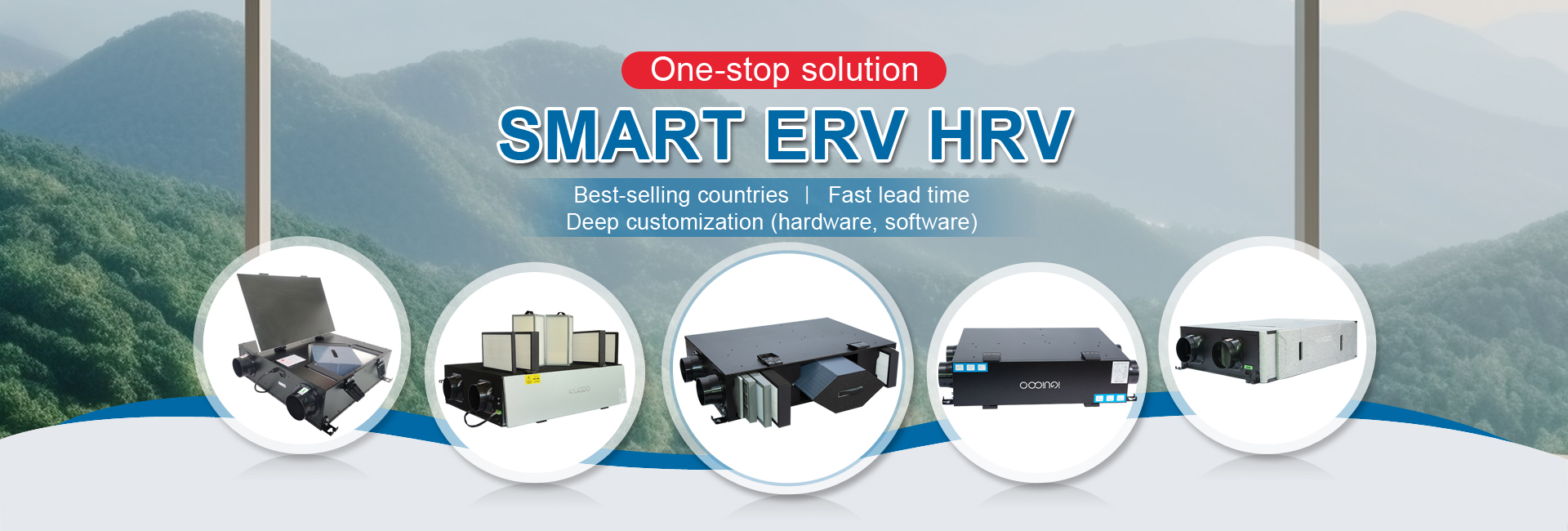For homeowners battling persistent dust, the question arises: Does a Mechanical Ventilation with Heat Recovery (MVHR) system actually reduce dust levels? The short answer is yes—but understanding how heat recovery ventilation and its core component, the recuperator, tackle dust requires a closer look at their mechanics.
MVHR systems, also known as heat recovery ventilation, work by extracting stale indoor air while simultaneously drawing in fresh outdoor air. The magic lies in the recuperator, a device that transfers heat from outgoing air to incoming air without mixing them. This process ensures energy efficiency while maintaining optimal indoor air quality. But how does this relate to dust?
Traditional ventilation methods often pull unfiltered outdoor air into homes, carrying pollutants like pollen, soot, and even fine dust particles. In contrast, MVHR systems equipped with high-quality filters trap these contaminants before they circulate indoors. The recuperator plays a dual role here: it preserves warmth during winter and prevents overheating in summer, all while the filtration system reduces airborne dust by up to 90%. This makes heat recovery ventilation a game-changer for allergy sufferers and those seeking cleaner living environments.
Moreover, the recuperator’s efficiency ensures minimal heat loss during air exchange. By maintaining consistent temperatures, MVHR systems discourage condensation—a common culprit behind mold growth, which can exacerbate dust-related issues. When paired with regular filter maintenance, the heat recovery ventilation system becomes a robust barrier against dust accumulation.
Critics argue that MVHR installation costs are high, but the long-term savings on cleaning supplies and health-related expenses often outweigh initial investments. For instance, a well-designed recuperator can extend the lifespan of HVAC systems by reducing dust-induced wear and tear.
In conclusion, MVHR systems—powered by advanced heat recovery ventilation technology and reliable recuperators—are a proactive solution for dust management. By filtering pollutants, regulating humidity, and optimizing energy use, they create healthier, more sustainable homes. If dust is a concern, investing in heat recovery ventilation with a high-performance recuperator might be the breath of fresh air you need.
Post time: Jul-21-2025








